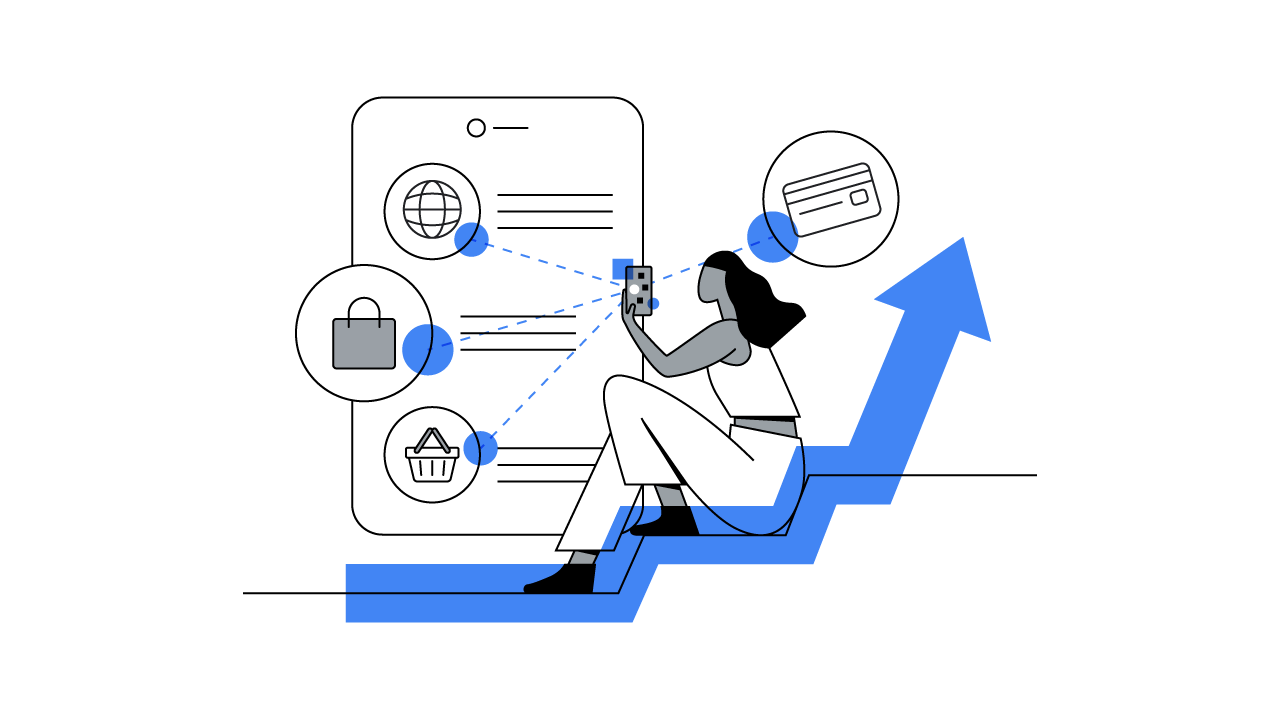Globally, we still have a long way to go to becoming a more diverse, equal, and inclusive society. In Asia Pacific (APAC), we’re starting to show positive signs of how people and businesses can encourage and drive change across the region, but there’s still some work to be done.
While some strides have been made to draw attention to gender equality, several factors such as language, cultural norms, mobility, and racial homogeneity mean the focus on mental health, LGBTQ+, race and financial inclusion has taken a backseat.
To become an effective driver of change, marketers need to understand the state of Diversity, Equity and Inclusion (DEI) in APAC, consider local nuances and cultural differences, and look for ways to truly help foster diversity and inclusion.
In our latest series, we examine the state of DEI in APAC in numbers, explore why progress has been slower in the region and offer solutions on how marketers can help be the drivers of change.
In our first article, we cast our eyes over the DEI landscape in APAC and discovered that in some areas, the region has been slower to foster communities of inclusion and diversity. However, we also found that there is curiosity and appetite among consumers to see what DEI could mean to them as individuals and communities.
Here, we explore why APAC countries may have been slower to encourage DEI, despite their populations living in one of the most diverse regions in the world.
The invisible barriers of language and distance
Compared to other regions where racial mixes are more common, most APAC countries are dominated by a single race, providing fewer opportunities to practice inclusion. As a result, equality remains a less familiar topic and is perceived as less important in APAC, and there is a greater emphasis on maintaining traditional values.
At the same time, most countries in the region have their own unique official language, with many also home to additional languages and dialects. This is in contrast to Latin America, where Spanish is the official language in almost all countries, allowing communication and culture to cross borders easily.
These restrictions on the flow of culture and language mean that DEI issues in APAC are more likely to be explored within country borders. For example, in India, there are 22 official languages and 121 languages spoken by more than 10,000 people, while in China, there are seven language groups and around 300 minor languages.1
Diversity of culture and language

Conversely, for APAC countries in which English is an official language or widely spoken — such as Australia, New Zealand, Singapore, the Philippines, and Malaysia — there is a much higher interest in other cultures and countries than non-English-speaking countries such as China, Japan, South Korea, and Thailand.
Similarly, unlike regions such as Europe, where free movement among countries is allowed under the Schengen agreement, mobility in APAC is much more challenging. This restricted movement potentially discourages people from embracing diversity and other cultures because of the need for a passport or visa or simply because of the cost of traveling to a new country.
For example, as of 2019, only one-tenth of all Chinese people held a passport, and even those who hold one can travel visa-free to only 38 countries — a stark contrast to the 189 countries that allow German passport holders to enter freely.
Culture club: Why DEI isn’t currently top of mind
According to the Hofstede cultural dimensions framework, the majority of countries in APAC score high on “power distance,” which defines the extent to which the less powerful members of institutions and organizations within a country expect and accept that power is distributed unequally.
In the GWI survey, APAC scored lowest among all regions on believing that people should have equal rights; the region scored highest on the importance of maintaining gender roles.2
In these countries, conformity and deference are often seen as social norms, and these qualities are more likely to be encouraged at school or home. This could lead to people not challenging the status quo as much as other countries outside APAC.
How marketers can help encourage DEI in APAC
The level of progress made on DEI in APAC speaks to the fact that no one-size-fits-all solution exists. Interpretation of the situation should be read with care and with cultural context in mind. It’s important to look beyond the data and understand the reason behind it. It’s necessary to think of who to empower as well as how to empower them.
Maintaining traditional gender roles is usually equated with gender inequality and has a negative connotation. However, this is not always the case.
In India, gender inequality is still an issue. The country ranked 112th (out of 153 countries) in the World Economic Forum’s Gender Gap 2020 report — a disparity we often see reflected in advertising, where male characters were seen (1.5X) and heard (2X) significantly more than female characters.3
Despite women scoring higher than their male counterparts on the belief that all people should have equal rights, they also scored higher on the belief that maintaining traditional gender roles is important. However, we should be cautious to not hastily draw conclusions between these two seemingly related topics. In this case, women focusing on taking care of the home instead of earning the household income doesn't necessarily mean inequality or an inferior job. This could merely be a result of women in India perceiving the role of a homemaker to be as equally important as a career.
Marketers tend to think that they are doing enough by featuring look-alikes in ads. While striving to create a connection with their customers, they emphasize making sure the audience feels represented in the advertisements they see. This is often done through the localization of ads with a key persona of a similar race. However, one must redefine the idea of “representation” to extend beyond race.
For example, many Japanese clothing brands don't necessarily care about catering to customers, according to Japanese comedian Naomi Watanabe.
“It’s more like: ‘We’re going to make a pair of jeans, and if you can’t fit into them, then it’s your fault.’”
Driven by body politics and passion, Watanabe’s brand is challenging this mentality head-on.
When looking to appease a mass audience, make sure minority groups are not left behind. While considerable emphasis is placed on women, minority groups such as LGBTQ+, Gen Z, and Baby Boomers are often overlooked. These groups hold tremendous potential, especially in China. The country’s LGBTQ+ individuals, who earn 5X the national average, tend to be more brand loyal. The nation’s Baby Boomers feel the least represented in advertising, despite having more purchasing power than other generations.
Similarly, Gen Z represents 25% of the APAC population and is the next engine of consumption growth. They are thirsty for change and looking for empowerment. They are the most willing to participate in making the community a better place by helping others and doing volunteer work. However, they feel underrepresented by brands and strongly expect brands to support local communities and charities.
When it comes to inclusive communication in APAC, be mindful when trying to be bold and stand out from the crowd. Although advertisers should use their unique position to drive change on DEI, it’s important to think about content that will resonate with audiences based on their readiness to embrace other cultures.
Strike a balance between preserving localization for relevance and having a consistent global brand message, and always maintain a positive tone when portraying the culture.
GWI (formerly GlobalWebIndex) is the leading supplier of audience insight to the global marketing industry.







